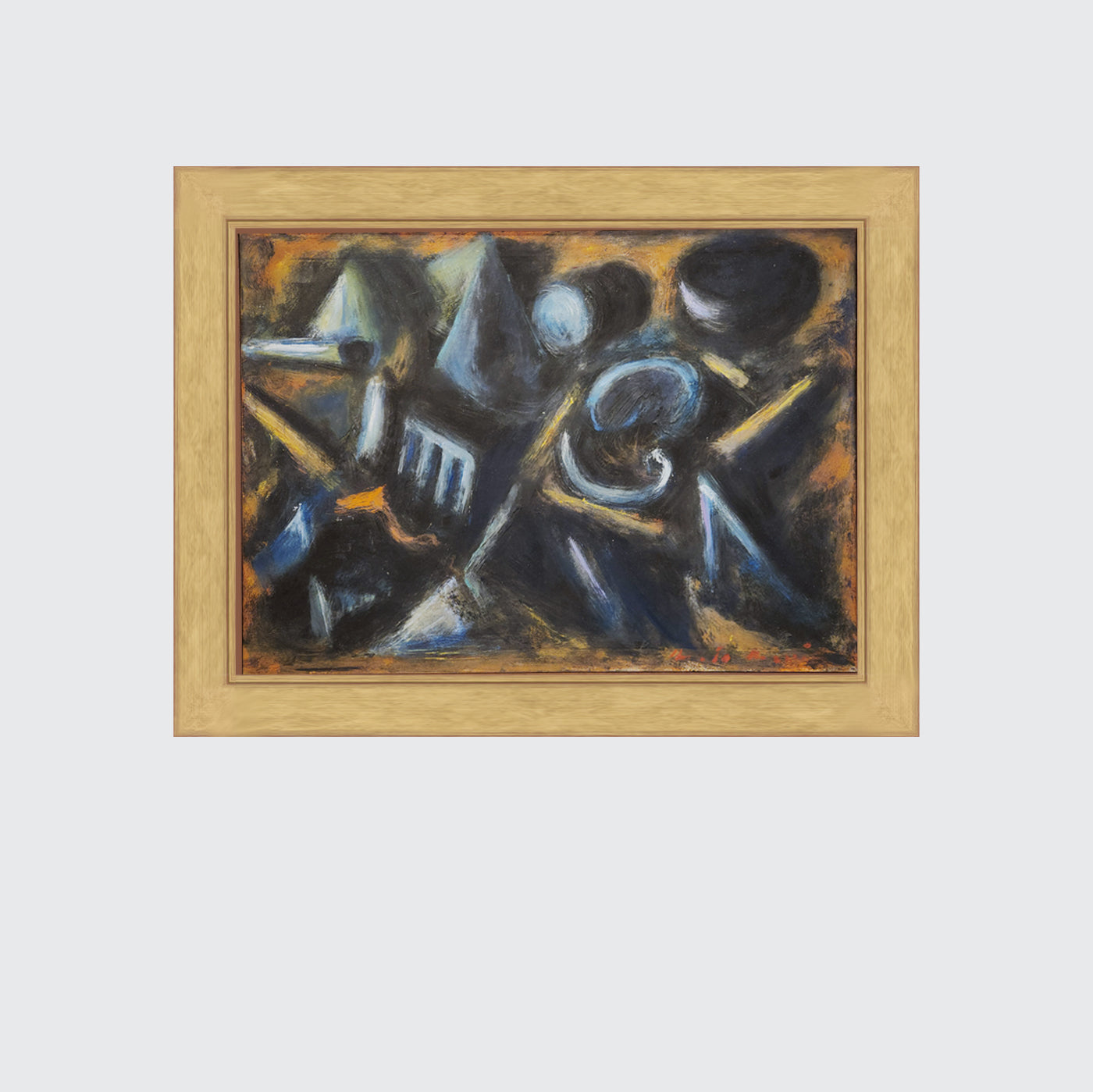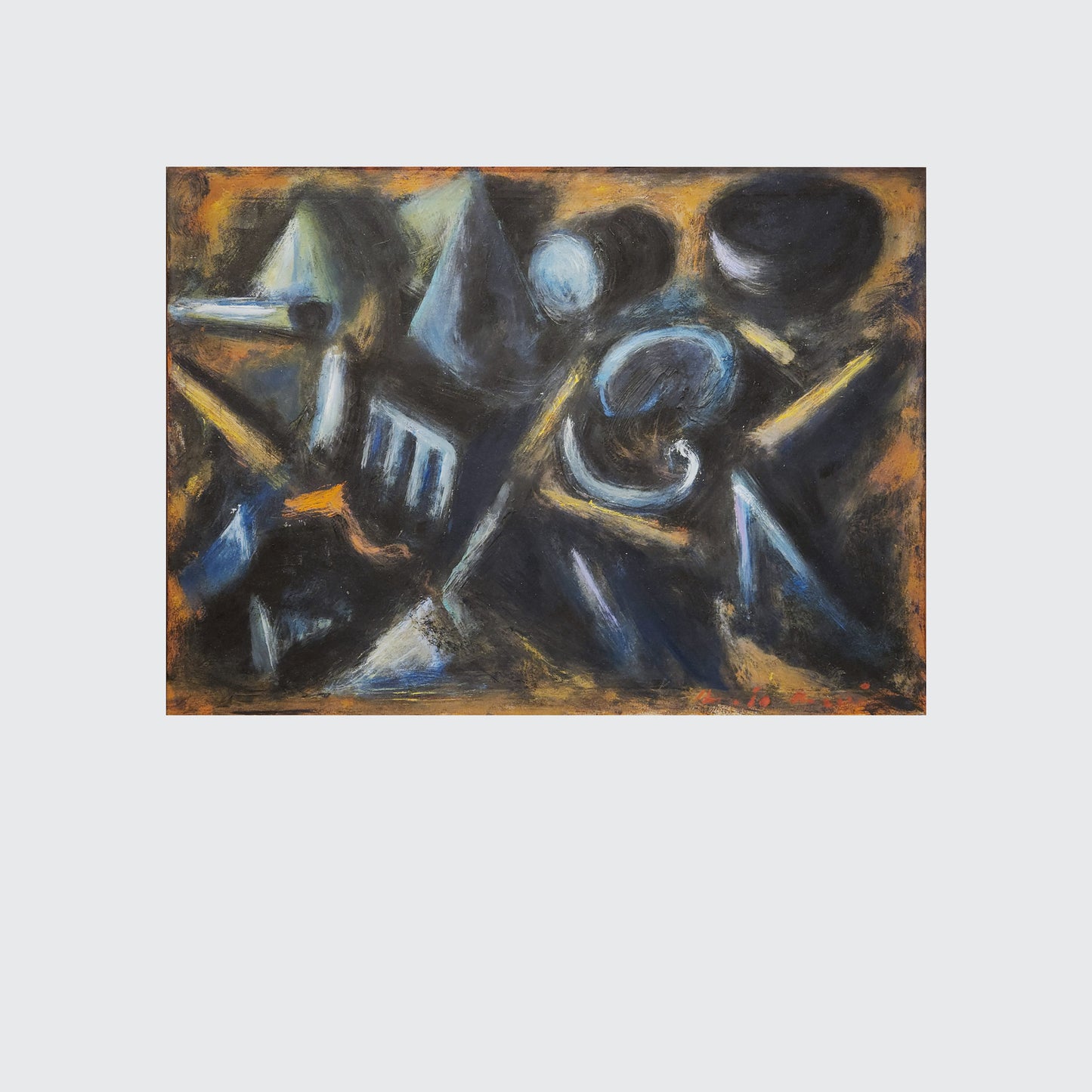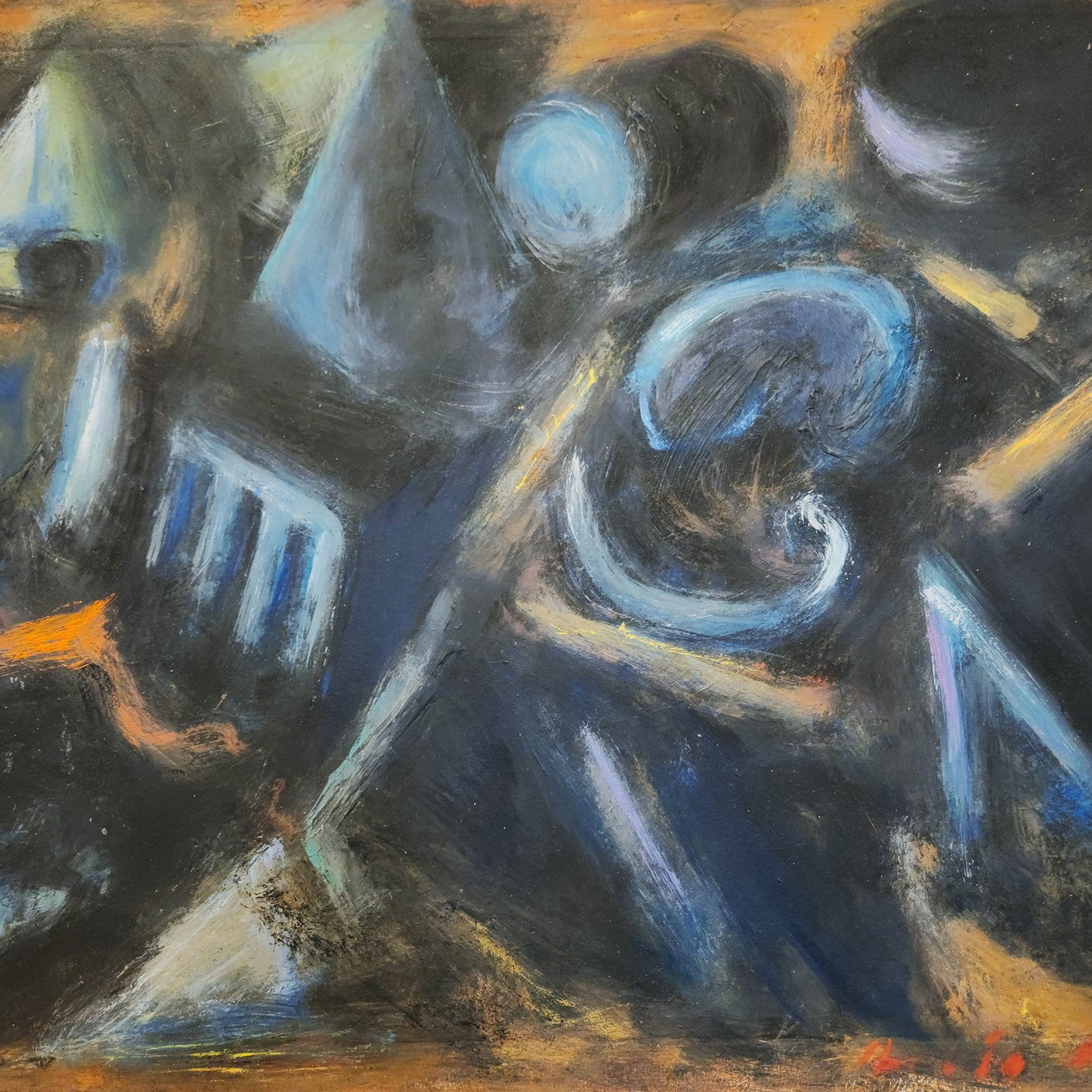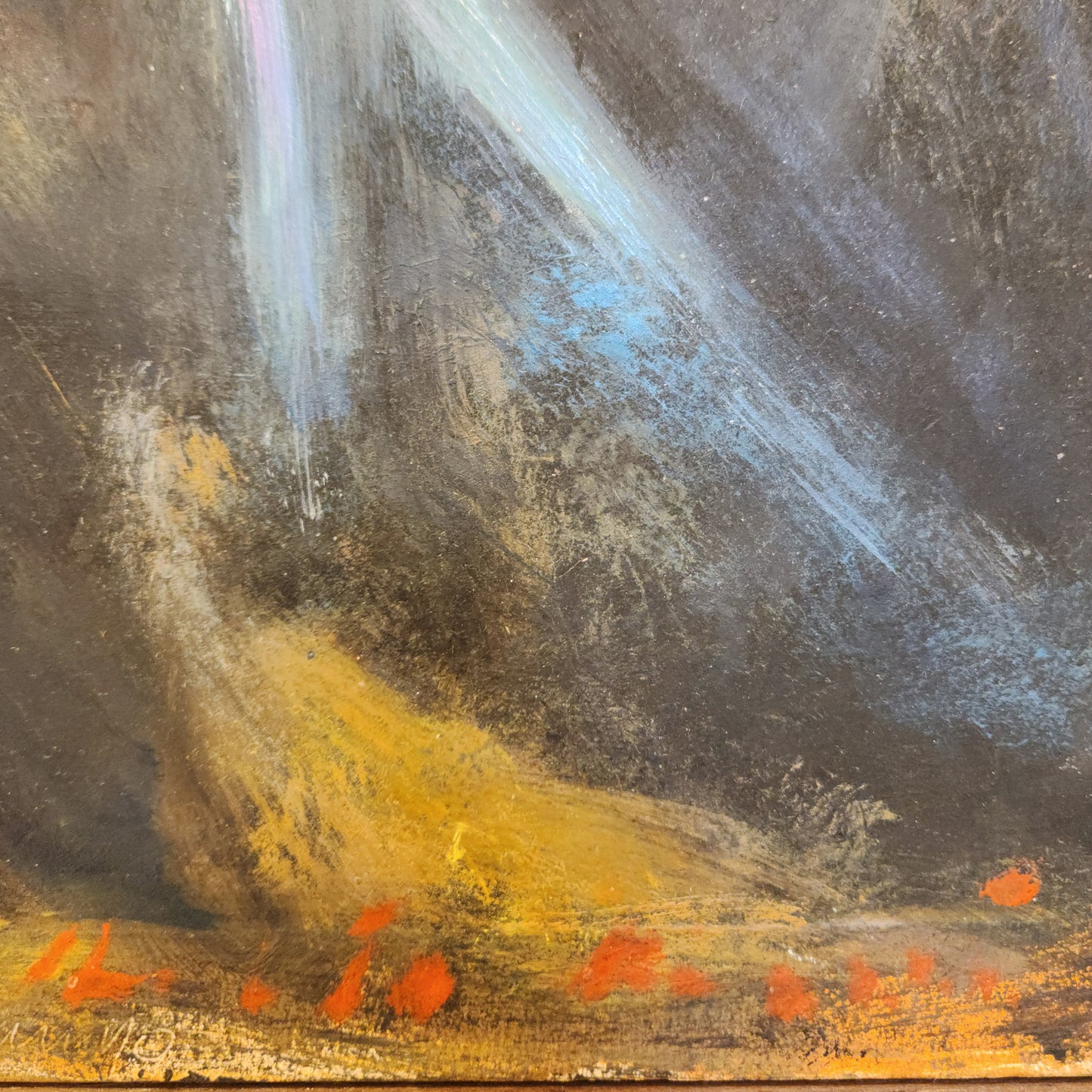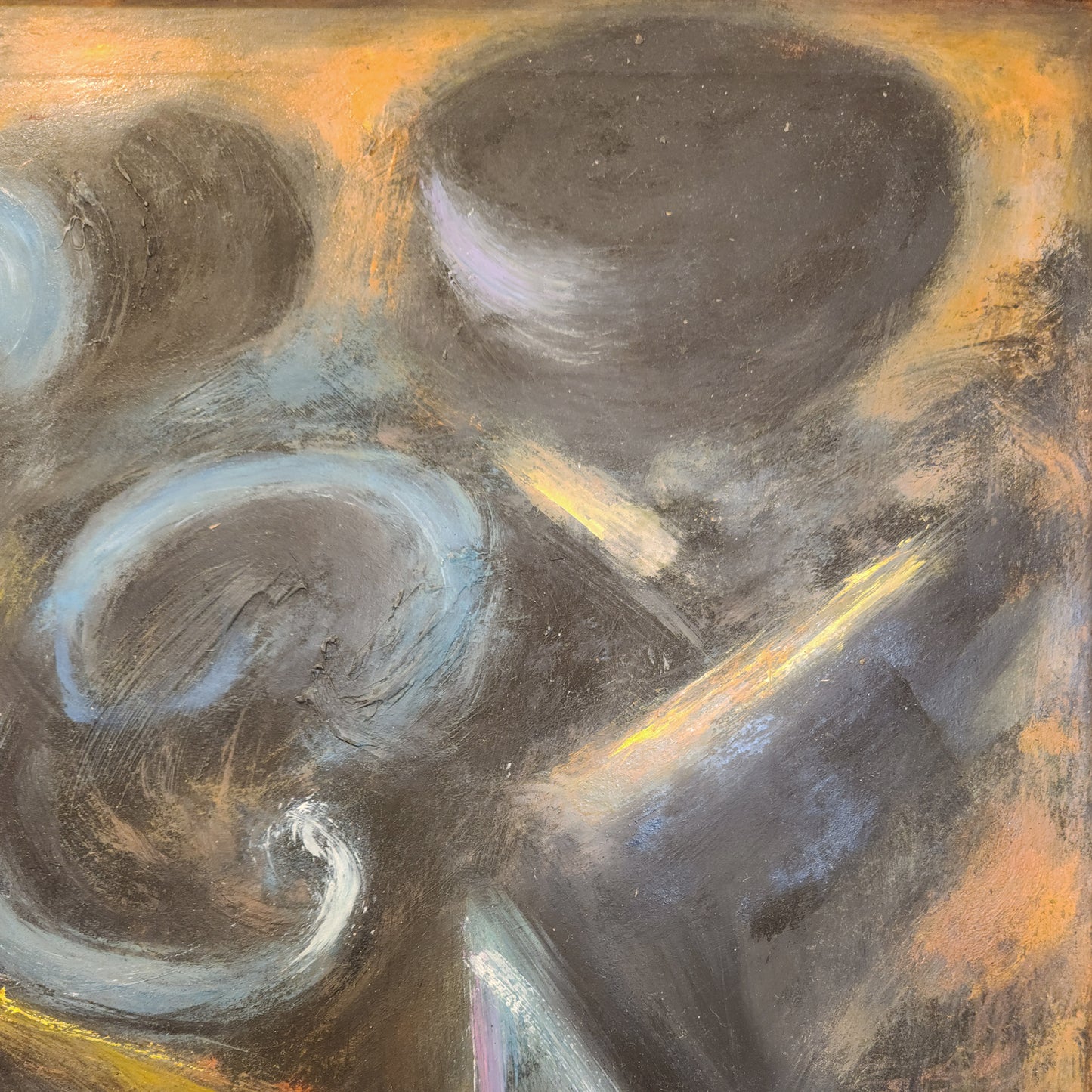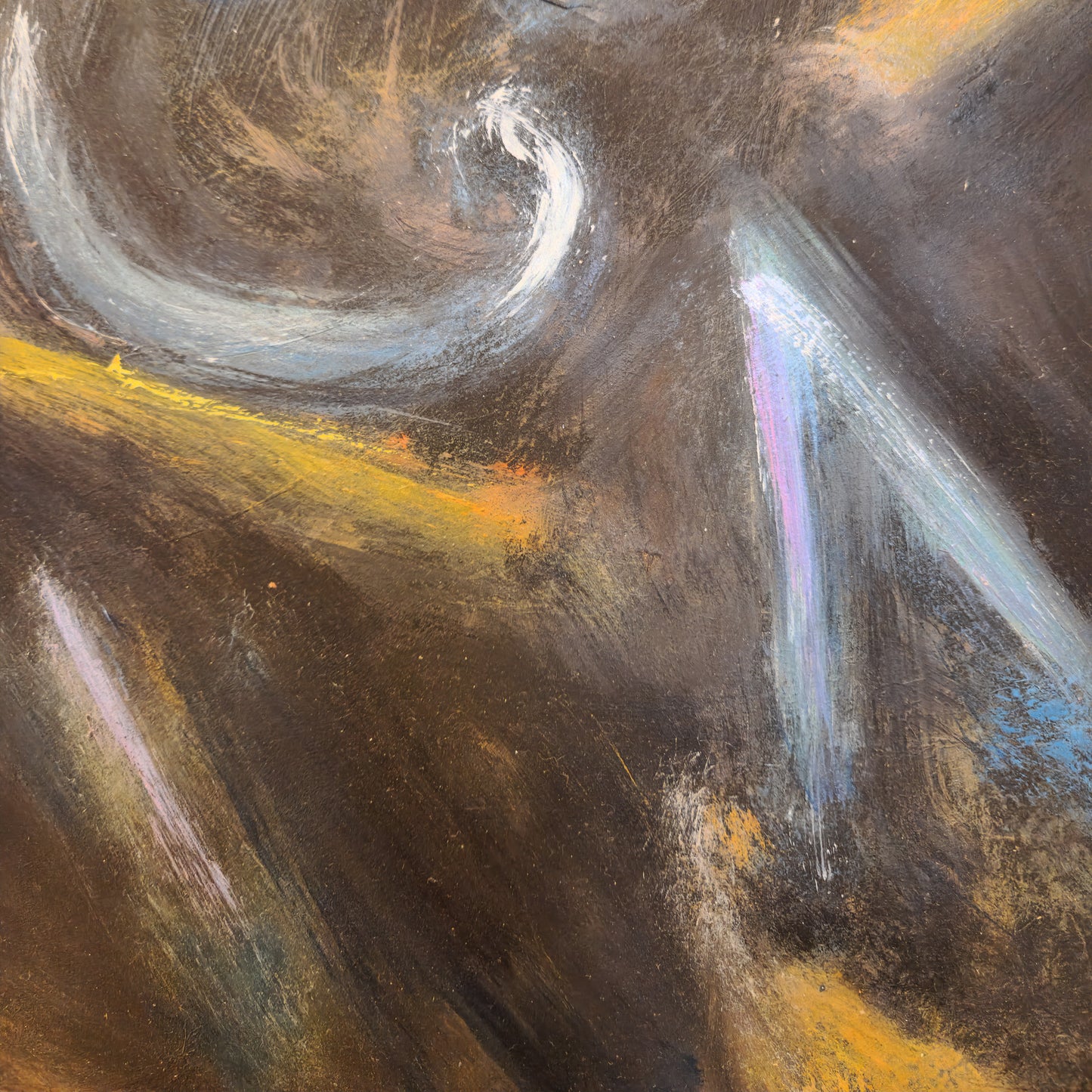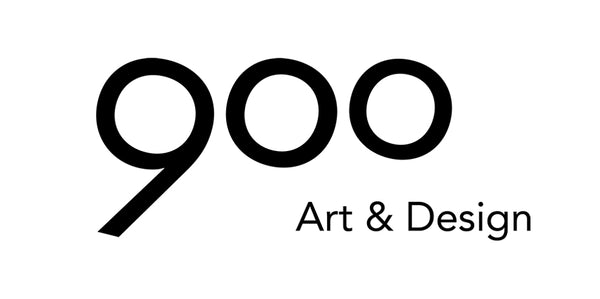Roberto Barni was born in Pistoia in 1939, and as many of his contemporaries choose abstraction quite early in his career. His first abstract compositions - works that were using materials such as wood, paper, photography and newspaper - date to the late 50s.
In 1960 he exhibited publicly for the first time in Pistoia and Florence, showing a variety of media - painting, sculpture, and photographic topographies - that would presage his later thematic concerns.
In 1963 Barni received a ‘borsa di studio’ (scholarship) from the City of Florence, a recognition that supported his developing career and aligned him with emerging contemporary art networks. During the mid‐1960s, he became associated with the ‘Scuola di Pistoia’ (artists’ group active from about 1964 to 1969, including Umberto Buscioni, Gianni Ruffi and Adolfo Natalini) which provided a milieu for his experiments in topographical imagery, industrial motifs, and the integration of found materials into his painted surfaces.
In 1965 Barni was invited to participate in ‘Revort I: Documenti di arte oggettiva in Europa’ at the Galleria d’Arte Moderna in Palermo, an exhibition that placed his work within a European context of experimentation in which artists were moving away from lyrical abstraction and informal painting toward the direct use of objects, industrial imagery, and material processes as the basis of artistic practice.
Over the following decade, his work evolved through both painting and sculpture, often adopting rusted metal surfaces, enamel, and strong artificial colour to express existential and symbolic themes, particularly absence and memory.
By the 1970s and early 1980s Barni’s style shifted progressively toward figuration: human figures appear more explicitly, often depicted as single or multiple presences set against architectural or urban backdrops. Works from this period articulate a tension between the individual and the presence of massive forces beyond the individual’s control. Figures are often shown in precarious or ambiguous situations - walking, waiting, or suspended in space. They seem to be caught between their own individuality (a single body, a personal gesture) and forces larger than themselves: vast urban settings, architectural backdrops, or metaphorical “currents” that overwhelm them. These works obviously reflect on the fragility of the human condition: the subject is never fully autonomous but always positioned against external structures — society, history, collective memory, myth.
International recognition followed. Barni was invited to the Venice Biennale in 1984 and 1988. Between 1986 and 1987 he had a studio in New York, and from January to March 1987, he had a solo exhibition at the Queens Museum.
Among his major public commissions is ‘I passi d’Oro’ (“The Golden Strides”), a sculpture in gilt bronze measuring approximately 2 meters, affixed to the façade of the Uffizi Galleries along Via dei Georgofili in Florence in 2013. This work commemorates the victims of the Uffizi bombing of 1993, and is intended both as memorial and as a manifestation of life and hope.
Barni’s works are held in numerous public collections including the Uffizi (Florence), the Centro per l’Arte Contemporanea Luigi Pecci (Prato), the Galleria d’Arte Moderna in Bologna and Rome, the Museo di Belle Arti in Budapest, the Queens Museum in New York, and the Garden of Daniel Spoerri in Seggiano.
